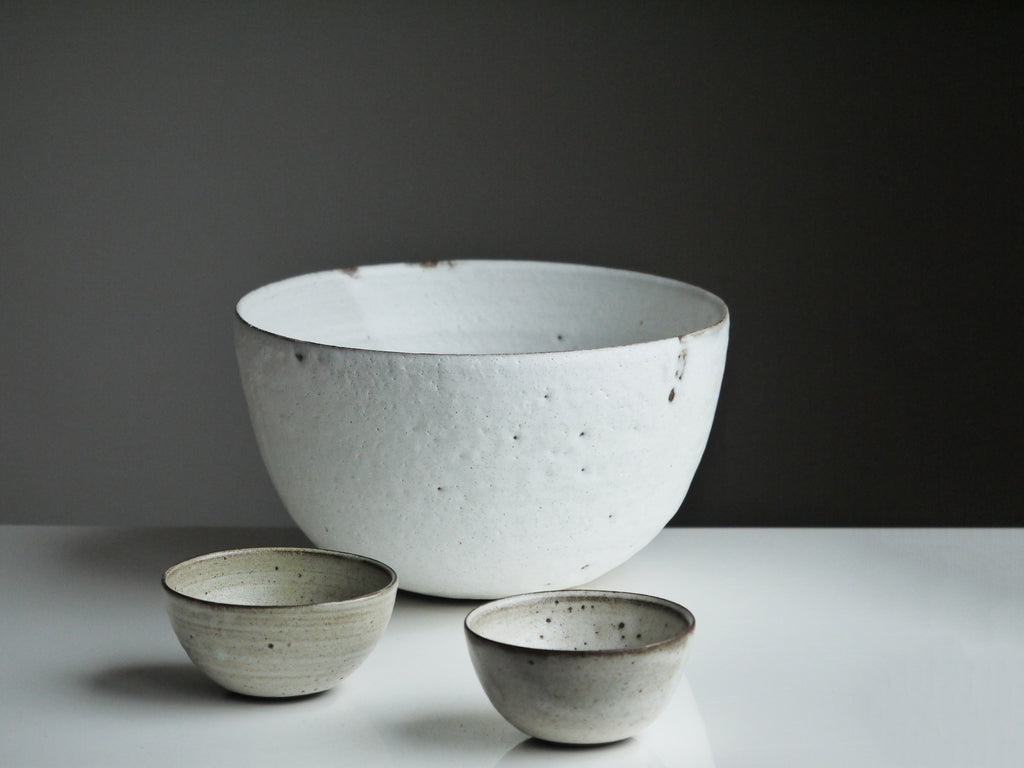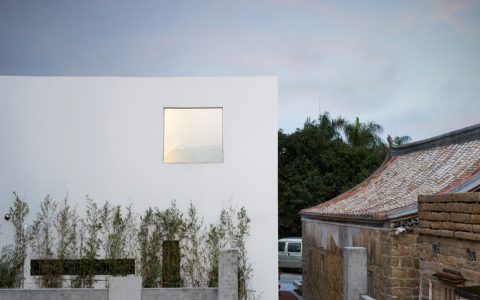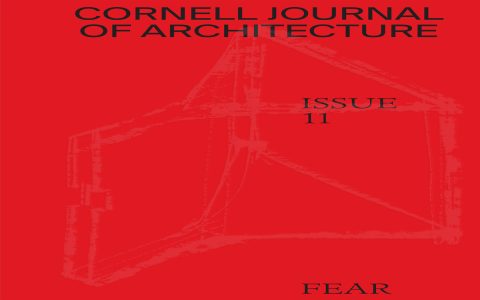Bowl building, in the context of architecture and construction, refers to the design and erection of structures characterized by a concave, curvilinear form, often resembling a bowl. These structures are frequently large-scale and present unique engineering and construction challenges.
Core Principles and Design Considerations
The design of bowl structures necessitates a deep understanding of structural mechanics, material properties, and construction methodologies. Key considerations include:
- Load Distribution: The curved geometry significantly influences how loads (dead, live, wind, seismic) are distributed. Hoop stresses (circumferential) and meridional stresses (along the curve) must be meticulously analyzed. Tension and compression rings are often integral structural elements at the top and bottom edges or at changes in curvature to manage these forces.
- Formwork and Shoring: Creating the curved shapes for concrete bowls requires complex and robust formwork. For large spans or steep inclines, sophisticated shoring systems are essential during construction to support the structure until it becomes self-supporting.
- Material Selection: Reinforced concrete is a common choice due to its mouldability and compressive strength. Steel is often used for roof structures or long-span seating tiers, providing high tensile strength and the ability to create complex frameworks. Fabric or ETFE (ethylene tetrafluoroethylene) cushions are increasingly used for lightweight, translucent roofing solutions.
- Geometric Accuracy: Achieving precise curvature and dimensional accuracy is critical. Advanced surveying techniques, 3D modeling (BIM - Building Information Modeling), and GPS-guided construction are often employed.
- Construction Sequencing: The order of construction is crucial, especially for ensuring stability at each phase. This might involve segmental construction or carefully planned pours for concrete elements.
Typical Applications
Bowl-shaped designs are prevalent in various types of structures:

- Stadiums and Arenas: Perhaps the most common application, providing optimal sightlines for spectators.
- Amphitheaters: Leveraging the natural acoustic properties of the bowl shape.
- Auditoriums and Concert Halls: Where acoustics and audience experience are paramount.
- Specific Industrial Structures: Such as certain types of storage tanks or reactor enclosures.
- Large Reflectors: Radio telescopes or solar concentrators often utilize precise bowl geometries.
Challenges in Bowl Building:
Constructing bowl structures involves specific challenges:
- Complex Geometries: Translating curved designs into buildable forms requires specialized expertise and technology.
- Large Spans: Achieving clear spans without internal supports often necessitates innovative structural solutions and materials.
- Acoustic Design: For performance venues, managing sound reflection and reverberation within a bowl shape is a critical design aspect.
- Cost and Time: The complexity of formwork, specialized labor, and material quantities can lead to higher costs and longer construction timelines compared to rectilinear buildings.
Successful bowl building relies on integrated design processes, advanced engineering analysis, and precise construction execution to create functional, safe, and often iconic structures.







